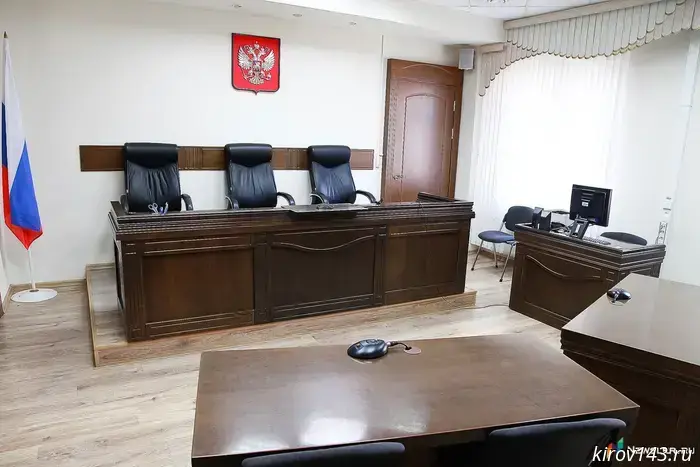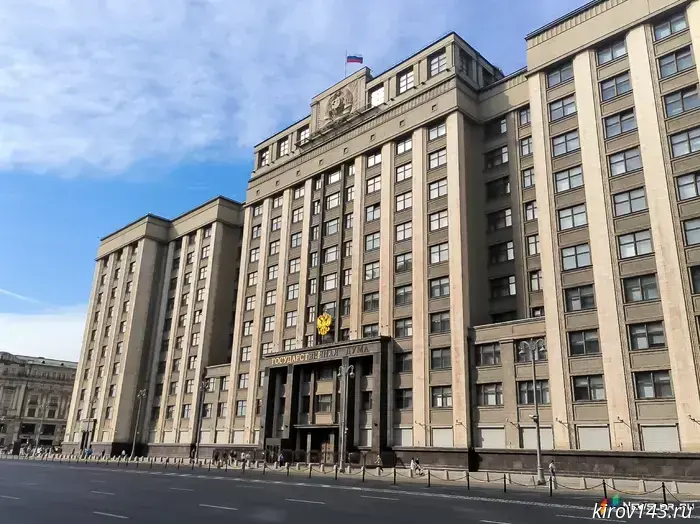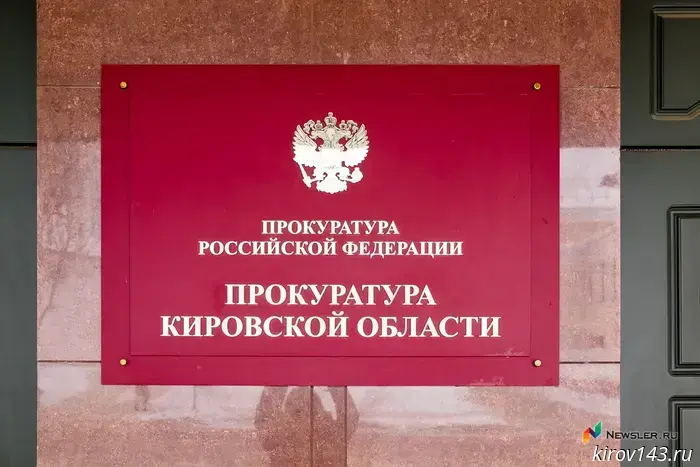"Priority-2030": Vyatka State University has created a microscope to study the behavior of materials at high temperatures
Scientists from the Institute of Chemistry and Ecology at Vyatka State University, as part of the strategic technological project "Materials and Technologies of Electrochemical Energy" of the university development program for 2025–2036, have created a microscope designed for the detailed study of the temperature-dependent behavior of various materials.
The heating microscope consists of an optical system (camera) that records the sample in a high-temperature chamber, an illumination device that enables contrast imaging, a control system, and software that collects and processes the data. Although the microscope is the first prototype created at Vyatka State University, in terms of its main characteristics it is fully functional and meets all the requirements of the customer's technical specification.
"This instrument allows the study of the behavior of various objects at high temperatures, up to 1400°C. There are many potential applications. For example, it can precisely determine the softening temperature of glass-to-metal seals, study the shrinkage of ceramics, etc. The program records an image and the corresponding sample temperature twice per second. The large number of frames makes it possible to track dynamically how the geometric parameters of the sample change as the temperature increases," explained Vladimir Vorotnikov, junior researcher at Vyatka State University's "Polymeric Materials" competence center.
The research process begins with loading the sample into the high-temperature chamber. A thermal program is then set. The image of the sample is projected onto a monitor throughout the measurement. Thanks to specialized software, the collected data are compiled into a single media file for subsequent analysis and processing.
The development by scientists at the largest university in the Kirov region could be useful in various fields of chemistry, materials science, metallurgy, and geology.
"For example, for specialists in the chemistry and technology of glass, the process of how a material's viscosity changes at high temperatures is very important. Thanks to the microscope, they can compare the states of glass at different temperatures and visually verify how developed compositions behave at a given temperature," said Mark Bobro, engineer at Vyatka State University's "Polymeric Materials" competence center.
In conditions of limited availability on the Russian market of similar devices with comparable characteristics, Vyatka State University scientists are actively developing this direction, drawing on leading global brands and offering solutions adapted to the needs of domestic enterprises.
The prototype microscope was sent to the branch of the B.P. Konstantinov Petersburg Nuclear Physics Institute of the National Research Center — the I.V. Grebenshchikov Institute of Silicate Chemistry (Branch of the National Research Center "Kurchatov Institute" — PNPI-ISiC), where specialists from Vyatka State University successfully carried out commissioning work for the instrument's further operation.
Natalya Tyurnina, Ph.D. in Chemistry, deputy director for science of the branch of the National Research Center "Kurchatov Institute" — PNPI-ISiC, noted: "We are glad to be involved in the development of domestic research equipment and to be among the first users of the prototype heating optical microscope, which will expand knowledge of the glass-forming systems we study over a wide range of temperatures."
Specialists at Vyatka State University have already begun assembling a second unit of the heating microscope, which will be used to address current research tasks at the university.
Другие Новости Кирова (НЗК)
 In Kirov, a repeat offender nicknamed "Sweet Tooth" stole 35 chocolates and a pack of gum.
In Kirov, a 39-year-old man was convicted after he couldn't resist sweets and was caught shoplifting again.
In Kirov, a repeat offender nicknamed "Sweet Tooth" stole 35 chocolates and a pack of gum.
In Kirov, a 39-year-old man was convicted after he couldn't resist sweets and was caught shoplifting again.
 In Kirov, a vigilant bank employee saved a pensioner from losing 1.5 million rubles.
An elderly resident of Kirov nearly became the victim of phone scammers who posed as a school principal and an "FSB officer."
In Kirov, a vigilant bank employee saved a pensioner from losing 1.5 million rubles.
An elderly resident of Kirov nearly became the victim of phone scammers who posed as a school principal and an "FSB officer."
 Residents of Kirov are invited to clean up the Zasor Ravine.
There will be another community clean-up in Kirov on Saturday.
Residents of Kirov are invited to clean up the Zasor Ravine.
There will be another community clean-up in Kirov on Saturday.
 The court ordered the Kirov contractor to return the advance payment he had received.
The company "Voskhod 43" failed to obtain full payment for its work and lost what it had previously received.
The court ordered the Kirov contractor to return the advance payment he had received.
The company "Voskhod 43" failed to obtain full payment for its work and lost what it had previously received.
 The State Duma supported a bill on mandatory targeted training for students at medical universities.
The State Duma of Russia passed a bill in the first reading that requires state-funded students at medical and pharmaceutical universities to sign a contract for targeted training.
The State Duma supported a bill on mandatory targeted training for students at medical universities.
The State Duma of Russia passed a bill in the first reading that requires state-funded students at medical and pharmaceutical universities to sign a contract for targeted training.
 The prosecutor's office criticized the work of the Kirovo-Chepetsky District administration.
The prosecutor's office conducted an inspection after an accident in the village of Fateyevo, where an underage girl without a driver's license hit a pedestrian. The oversight agency pointed to weak preventive work by officials and demanded that measures to improve road safety be strengthened.
The prosecutor's office criticized the work of the Kirovo-Chepetsky District administration.
The prosecutor's office conducted an inspection after an accident in the village of Fateyevo, where an underage girl without a driver's license hit a pedestrian. The oversight agency pointed to weak preventive work by officials and demanded that measures to improve road safety be strengthened.
"Priority-2030": Vyatka State University has created a microscope to study the behavior of materials at high temperatures
The development enables investigation of the sinterability of polymeric, ceramic, and glassy materials, as well as metals, over a wide temperature range, from room temperature to 1400°C.
